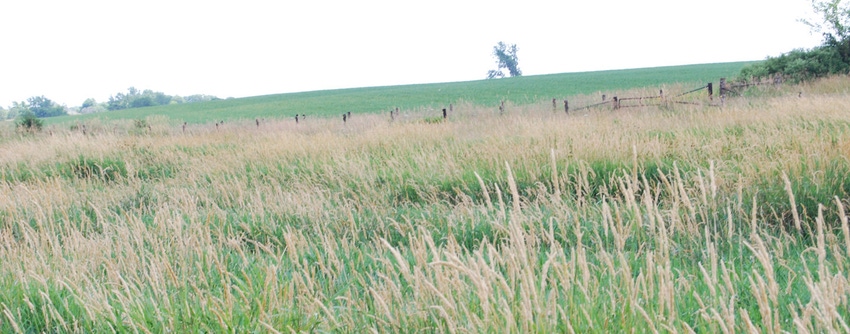
Tomorrow, McMahons E-Z Acres of Homer, N.Y., will be honored as New York's 2015 Agricultural Environmental Management Award recipient during the New York Ag Leadership Luncheon. The award, recognizing exemplary farm environmental practices, will be presented by New York State Deputy Commissioner of Agriculture Jackie Czub at the Empire Farm Days event near Seneca Falls.
This 22nd annual AEM award is sponsored by New York State Department of Agriculture and Markets, Empire State Potato Growers and American Agriculturist magazine.
Being environmentally correct has always been a top priority for E-Z Acres' owners Michael and Peter McMahon. The brothers led efforts to develop farm environment assessments, now part of the statewide AEM program. They also led organizing of the Cortland League For Ag and Environmental Responsibility.
The McMahons' farm sits in the Skaneateles Lake watershed and on top of two aquifers. That awareness has made growing their farm easier via a wide variety of best management practices benefiting their farmland and dairy herd.
Why they're data-hungry
Close monitoring of important numbers in both areas has helped the McMahon's business grow to 2,500 acres and a 695-cow milking herd that ships 27,000 pounds of high-quality milk per cow a year. "We have to know what's going on in every aspect," stresses Mike. "We're data hungry," admits Pete.
Pastured animals, for instance, are fenced away from streams. Riparian buffers with willow wattles (shrubs) were established on 75 to 80 acres of old pastures.
Working with non-farming neighbors and keeping them aware of their conservation efforts is important to these farmers. That's why Mike collects and tests water samples quarterly from six private wells and two streams for water quality near manured cropland.
Sampled nitrogen and phosphorus levels remain low due to integrated crop and nutrient management, cover crops, conservation tillage plus immediate manure incorporation. Their nutrient management plan helped reduce P application rates by 25%. Prescription N applications are confirmed with soil nitrogen and pre-sidedress nitrate tests.
To hold soils and nutrients, wheat or rye cover crops are seeded behind all chopped corn silage – 450 to 500 acres. Slurry manure is surface banded with low-level drop hoses on manure tankers, instead of being broadcasted with a splash plate. It reduces exposure to wind and cuts ammonia and odor emissions by up to 75%. Then the manure is immediately incorporated with a disk or disk-chisel tool.
Some upland fields with heavy soils were converted from an alfalfa-corn silage/snaplage rotation to intensive grass management using straight reed canary grass. It's a better regimen for soil and water conservation, explain the brothers. On lighter, gravelly soils, pure alfalfa is rotated with corn grown on lighter, gravelly soils.
"[Canary grass] allows a little more harvest flexibility," explains Pete. "Unlike alfalfa, you can let it grow a little longer and still produce a better quality chop with 23% protein. We want that neutral detergent fiber between 60% to 65% for bred heifers and dry cows."
Barn-side BMPs
When New York's Cattle Health Assurance Program came out, E-Z Acres was one of the first farms certified. "Pete was determined to go after it," recalls Mike. He developed standard operating protocols, for instance, on young stock and cattle handling, equipment cleaning, surgical procedures and human resource management.
Those SOPs have helped the farm earn the "Super Milk Award" for 17 consecutive years, with somatic cell counts consistently running around 170,000. One reason is that the milking herd is super-clean. Free stall barns are cleaned three times a day.
Air-dried sawdust bedding, treated with hydrated lime, is another reason. Lime brings the pH down. "Green sawdust," Pete points out, "has a very high coliform level."
One other factor has helped E-Z Acres put 85 pounds of milk per day per cow on the truck. About 15 years ago, the McMahons realized their heifers weren't developing enough muscle mass or reaching their 21-month calving goal.
The remedy? From April through October, bred heifers graze a 50-acre hillside pasture. And, they climb a steep lane to get there.
The Ag Leadership Luncheon is sponsored by Empire State Potato Growers, Farm Credit East and American Agriculturist magazine.
For the full story on E-Z Acres, click on Farm-rooted environmentalists, and watch for "E-Z Acres is a data-hungry dairy" in September's American Agriculturist.
About the Author(s)
You May Also Like




